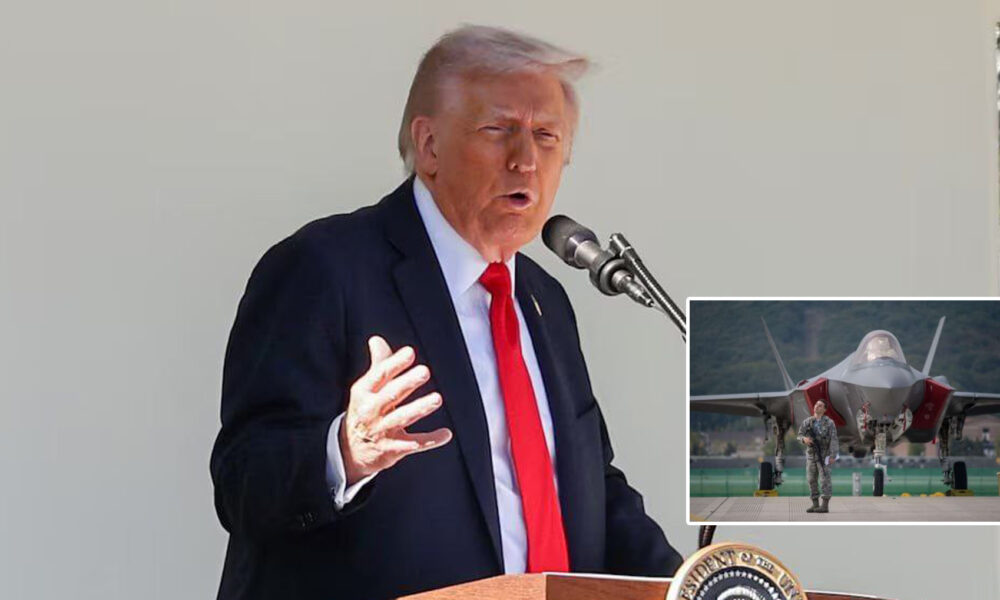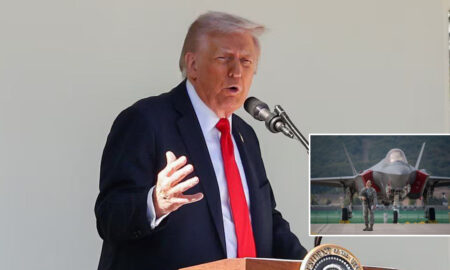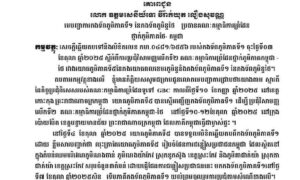Stablecoins: Tethered Power

Muhammad Zamir Assadi
The world’s largest dollar-pegged stablecoin, Tether, welcomed its 500 millionth user last week—a milestone that captures the astonishing spread of this controversial digital currency. In countries beset by high inflation, volatile exchange rates, and scarce banking access, digital tokens backed by the U.S. dollar are touted not just as speculative assets but as tools of survival.
USD stablecoins have grown into a $250 billion ecosystem. Hailed as a competitive alternative to the traditional banking system, optimists predict their usage could surpass legacy payment volumes in less than a decade, driven by advantages such as transactions settled in seconds, freedom from intermediary fees and friction, and around-the-clock transparency.
Beyond promoting innovation and securing a lead in digital finance, as well as catering to family interests tied to the crypto sector, Donald Trump’s administration—through the GENIUS Act passed in July—seeks to tackle two major challenges looming over the U.S. economy: to boost demand for U.S. Treasuries, and to restore the dollar’s international dominance.
The U.S. dollar’s share of central-bank foreign-exchange reserves has slid from 72% at the start of the century to 57% today—or just 43% when gold is included. While it still accounts for 60% of SWIFT transactions and dominates global foreign-exchange trades, its supremacy faces threats. Geopolitical tensions, including sweeping sanctions against Russia, have spurred other nations to build alternative payment systems such as China’s Crossborder Interbank Payment System (CIPS). Meanwhile, the old correspondent banking networks that once carried cross-border flows are shrinking—too slow, too costly, and retreating from poorer regions where stablecoins now fill the gap.
Whether America’s strategic bet pays off remains uncertain. The key question is not whether stablecoins expand the use of the dollar, but whether they strengthen Washington’s ability to finance its vast and growing debt.
Research by KTrade Securities finds little evidence that they do. Regulations require stablecoins to be backed by high quality liquid assets like short-term T-bills. Even substantial stablecoin growth (e.g., $1 trillion) would only create demand for very short-term debt. This does not substitute for the crucial, long-term demand from traditional foreign official investors (allies and central banks), whose trust may be declining. If the Treasury shifts more debt issuance to the short end to cater to this demand, it lowers funding costs in the short term but significantly increases the government’s rollover risk (the need to constantly refinance debt).
“The idea that stablecoin issuance creates massive new demand for U.S. Treasuries is a distraction,” the report points out.
Worse, an overreliance on such short-term issuance could heighten rollover risk. As these securities mature quickly, the Treasury must constantly refinance them. A spike in interest rates or a bout of market stress could sharply raise costs—or, in extreme cases, cause a funding squeeze. During crises, investors may demand higher yields or avoid T-bills altogether, forcing the government to scramble for liquidity. What looks like cheap funding today could become a fiscal trap tomorrow.
“In a world where stablecoins, particularly those pegged to the dollar, become an important global payment tool, we must brace ourselves for substantial consequences,” warned a recent IMF quarterly publication.
The Peril of Easy Money
For developing economies, another wave of dollarization could replay grim historical episodes—the Latin American debt crisis of the 1970s or the Asian financial crash of 1997–98—when dependence on U.S. monetary policy left nations at the mercy of the Federal Reserve’s tightening cycles.
Stablecoins’ supposed stability is also fragile. “A stablecoin is essentially a digital IOU,” notes the KTrade report, “a promise of value backed by reserves that may or may not be there.” If issuers default, become insolvent, or lose access to their assets, the peg can collapse to zero. Earlier this month, USDe, the third-largest stablecoin, suddenly lost its peg, with spot prices plunging to as low as $0.65 within half an hour. Legally, stablecoin holders have no claim to the underlying assets; in a bankruptcy, they could be treated as unsecured creditors.
The Bank of England’s governor, Andrew Bailey, has repeatedly warned that stablecoins could create new systemic hazards: the risk of digital bank runs, lack of deposit insurance, opacity in reserve management, and growing systemic importance without corresponding oversight.
Additional vulnerabilities abound. Many issuers still operate outside comprehensive regulatory frameworks such as the proposed GENIUS Act itself, leaving reserve standards and operational safeguards murky. Security remains shaky: private keys can be stolen through phishing or insider abuse. Even official efforts—central-bank or institutional stablecoin pilots—have struggled to scale, lacking compelling use cases beyond crypto speculation.
For now, dollar-backed stablecoins are both a symbol and a paradox of American power. They spread financial inclusion where banks will not go, but they also deepen global dependence on U.S. policy and amplify fiscal risks at home. Washington may hope that digital dollars will defend its global dominance—but in tying the fate of the dollar to private issuers and volatile markets, it may instead be sowing the seeds of its own erosion.



























